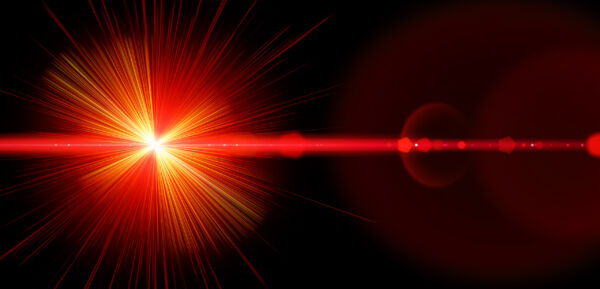The US Department of Defense is developing a “quantum laser” technology that is said to overcome various weaknesses of current lasers, including susceptibility to extreme temperatures and thick fog, as well as poor long-distance transmission capabilities.
Lasers, also known as “laser” or “激光” in Chinese, are beams of light amplified through special techniques. Since their inception in the 1960s, lasers have been widely utilized across various sectors of contemporary society, from communication to medical surgeries to everyday cashier operations. It can be said that modern civilization heavily relies on laser technology.
However, current laser technology has several weaknesses. Despite being an amplified beam of light, lasers are still susceptible to factors that adversely affect ordinary light, limiting their applications. Factors such as thick fog, extreme temperatures, and even longer distances can weaken the capabilities of lasers.
A collaborative research team from Washington University and Texas A&M University has received a two-year, $1 million grant from the Defense Advanced Research Projects Agency (DARPA) of the US Department of Defense to develop a quantum photonic-dimer laser device.
As the name suggests, this device will leverage quantum physics technology. According to a report by Popular Mechanics magazine, this device will use two light particles controlled by special techniques to generate a laser, forming what is known as a dimer. These two light particles will be in a state of quantum entanglement, allowing the laser to resist the influence of various adverse environmental factors.
Jung-Tsung Shen, an associate professor at Washington University and the project’s lead, stated in a media release, “The propagation process in the air disrupts the photon encoding message. By binding two photons together, they can protect each other, and although they will still be affected by the air, at least some phase information can be preserved.”
However, due to photons being chargeless, forming entanglement between two photons is quite challenging. Shen explained that they “glued” together two photons of different colors, making their behaviors resemble those of a blue photon. This research will explore finding the optimal states of these photons to enable them to withstand factors like thick fog and extreme temperatures. This technology is poised to bring significant changes to laser communication and imaging industries.
Shen stated, “Quantum entanglement is the connection between two photons. We aim to use this advantage to invent innovative technology. Quantum entanglement states can achieve many things that are currently beyond our imagination; and this is just the tip of the iceberg.”

